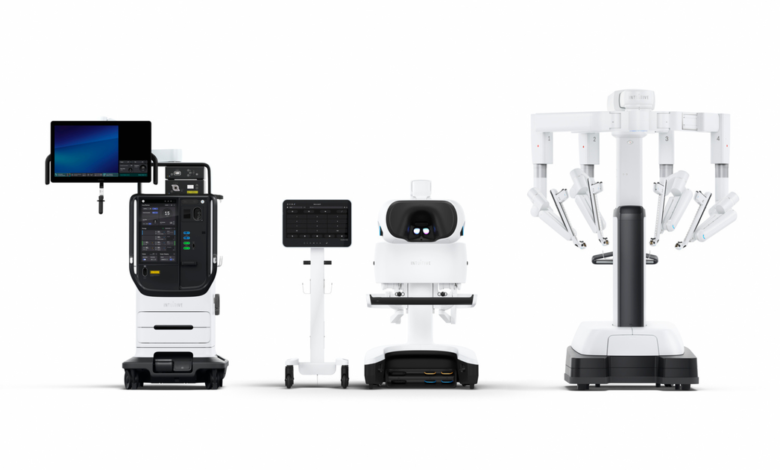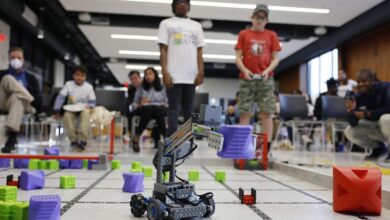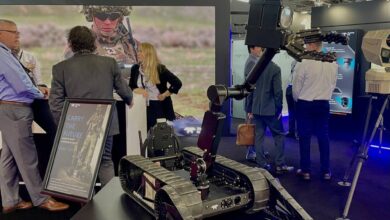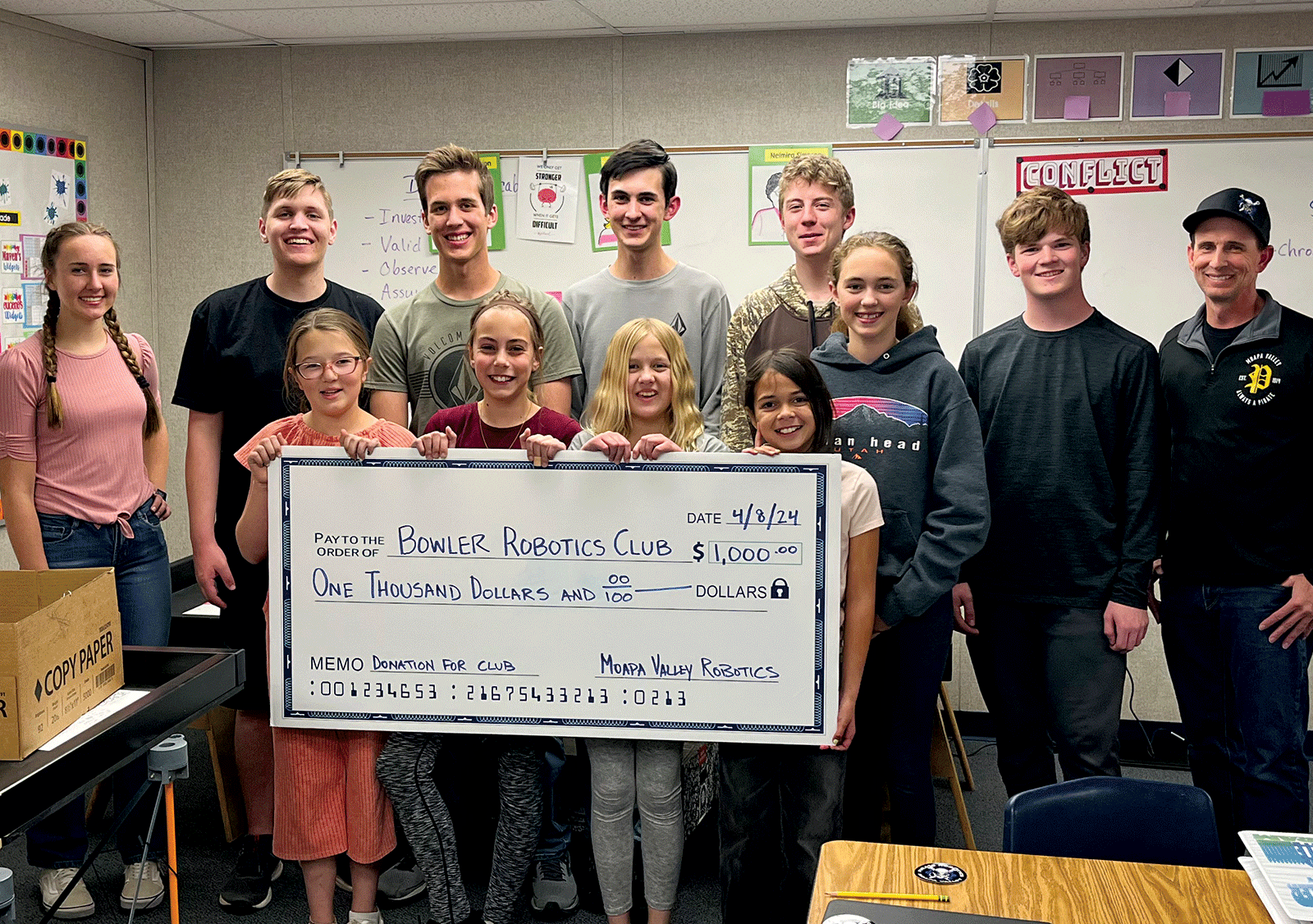Robotic Surgeons Are Gaga for New da Vinci Robot

Competitors may try to dethrone the king of robotic surgery, but it will be an uphill battle if early feedback on da Vinci 5 is any indication.
FDA cleared Intuitive Surgical’s next-generation multiport system in March, and Intuitive placed eight da Vinci 5 systems within the quarter as part of a limited launch. The new system is designed with more than 150 enhancements over the company’s da Vinci Xi system. So, it came as no surprise that da Vinci 5 dominated analyst questions during the company’s first-quarter earnings call Thursday afternoon.
What are early adopters saying about the new surgical robotics system?
“Our customers are noting and appreciating improved precision, improved imaging, improved efficiency for surgeon and staff, improved ergonomics, and they are exploring the potential of Force Feedback where early surgeons are excited to test hypothesis about its procedural, clinical, and learning value,” CEO Gary Guthart said.
He noted that digital analytical capabilities of da Vinci 5 are also drawing positive reviews from these early adopters.
“Doctor feedback is phenomenal on da Vinci 5.”
The company’s earnings call also just happened to fall at the tail end of the annual meeting of the Society of American Gastrointestinal and Endoscopic Surgeons (SAGES), where many robotic surgeons had an opportunity to get close to the system for the first time.
“I’m at the SAGES conference now and doctor feedback is phenomenal on da Vinci 5 from our end and the doctors we spoke to,” said Robbie Marcus, a medtech analyst for J.P. Morgan.
Guthart said the company is hearing from early da Vinci 5 users that they appreciate the improvements to precision, imaging, and workflow. They also appreciate the team’s efforts on human factors design and user interface, improved ergonomics, and Force Feedback.
When will da Vinci 5 be available more broadly?
Image of the da Vinci 5 tower courtesy of Intuitive Surgical
Before Intuitive can launch the new robotics system more broadly, the company must optimize its supply chains and manufacturing capabilities for da Vinci 5 components. Those activities will last through the rest of 2024 and the early part of 2025, Guthart said.
Another box that needs to be ticked before the company embarks on a large commercial launch of the new robot is the process of gathering an incorporating feedback from the early adopters.
“We want to make sure that we’re adjusting the things that we need to adjust to make sure that they’re highly satisfied,” Guthart said.
And finally, the company has additional feature content and hardware improvements for the design team to execute on while still in a measured rollout of the new surgical robotics system.
What are the current indications for the new robot?
Guthart said the indications for da Vinci 5 currently mirror the indications of the company’s previous system, the da Vinci Xi. That said, the company does expect to pursue additional clinical indications in the future. As that would require further discussions with FDA, however, Guthart declined to go into detail about what those new indications might be.
Will da Vinci 5 attract more surgeons to robotics?
Some of the new robot’s 150 design enhancements could potentially convince more surgeons to give robotics a try.
“The device is kind of aware of where it is and what it’s doing and can share that information with the care team, so that as they’re doing things, whether it’s changing tools or setting it up, it provides real-time help to guide them through it,” CEO Gary Guthart said in response to one analyst question Thursday. “And I think that’s a really good thing. It just makes it easier to use. Our Intuitive hub has integration technologies that start with da Vinci 5 and will get better over time as we release software updates and hardware updates.”
These capabilities are expected to help close an analytical loop for customers and enable surgeons to learn from each case. “Our designers did a beautiful job. I think the design concept of integrating these ideas, making it easy for care teams, for surgeons, to follow that journey should help us.
Based on early experience with da Vinci 5, Guthart said, the “forced reflection” of the new system helps surgeons who are new to robotic-assisted surgery acquire their skills faster.
“So it should invite more surgeons in and ease their journey,” he said. “It remains to be proven. It’s not done and done, but we think it’s encouraging.”



